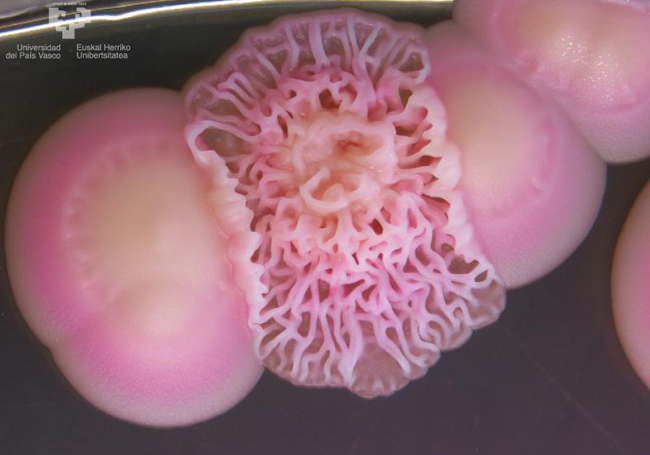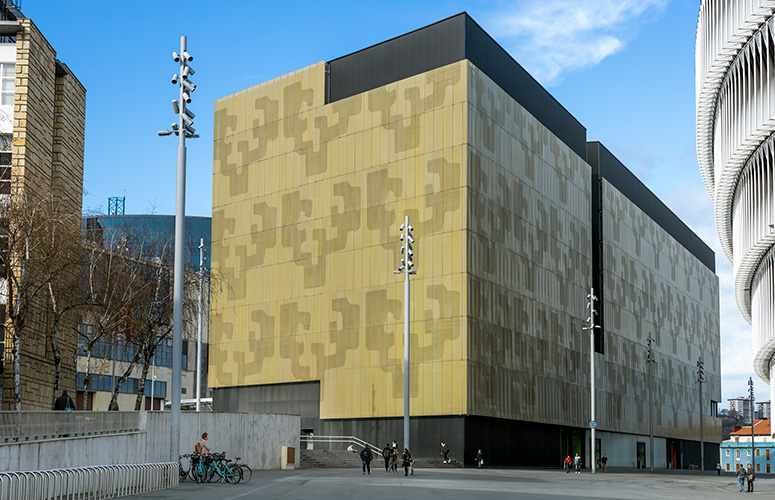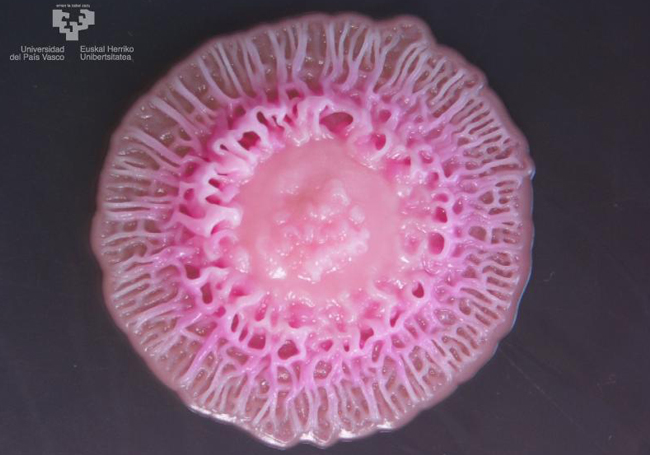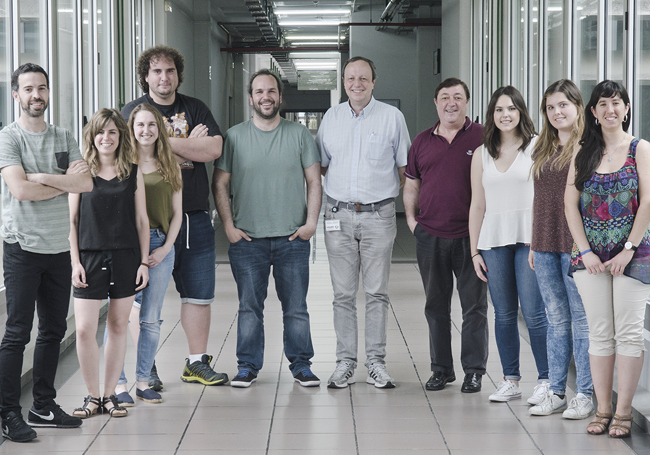A study led by the UPV/EHU has developed an innovative, simple treatment based uterine stem cells to combat the Candida Albicans fungus, responsible for vaginal candidiasis disease Despite not being life-threatening, this disease, which is very widespread among women, reduces patient life quality owing to its symptoms (itching and stinging). This research has been published in the international Frontiers in Microbiology journal, a world leader in the field of microbiology.
Innovative, simple treatment to combat the Candida Albicans fungus
A study led by the UPV/EHU-University of the Basque Country has for the first time shown the antifungal activity of uterine stem cells
- Research
First publication date: 05/02/2019
(Opens New Window)
The research is being led by Guillermo Quindós, professor of Microbiology at the UPV/EHU’s Faculty of Medicine and Nursing, and funded by the Foundation for Uterine Stem Cell Research (FICEMU). This study opens up an alternative for treating vaginal candidiasis, a disease that is extremely prevalent in the female population.
Vaginal candidiasis is not life-threating, but it reduces the life quality and restricts the activity of women affected by it because it is terribly unpleasant, owing to its symptoms (at times unbearable itching and stinging). What is more, nearly one in five women who suffer a bout of vaginal candidiasis becomes a chronic carrier of the Candida fungus, and goes on to suffer fresh bouts of this unpleasant infection. These repeat bouts of candidiasis tend to be resistant to the usual treatments, and it is here where the results of this research are opening up a significant window of hope.
The conditioned medium of uterine stem cells (hUCESC-CM) inhibits the growth of various sensitive strains of Candida isolated from the vagina of various patients, but what is much more important, it inhibits the growth of Candida albicans in nearly 80% of cases in patients with chronic vaginal candidiasis that is resistant to treatment. It has to be remembered that Candida albicans is responsible for over 80% of cases of vaginal candidiasis.
Yet uterine stem cells also inhibit the growth of Candida albicans (strains sensitive to as well as resistant to treatment) originating in the blood of immunosuppressed patients. Sepsis (blood infections) by fungi are a significant cause of death in this group of patients, above all when they become resistant to the few, not particularly effective medical treatments currently available to combat them.
The reason why this particular strain of Human Uterine Cervical Stromal Stem Cells (hUCESCs) is more active in combating Candida albicans may be found in its origin. Uterine stem cells come from a very specific area, known as the “transformation zone of the uterine cervix”, which is biologically highly vulnerable, and is in permanent contact with the vaginal medium and the threats harboured by the latter: fungi, bacteria, viruses, plus all the pathogenic microbes entering from outside, generally through sexual intercourse. In this context, throughout the evolution of our species, the mesenchymal stem cells of the uterine cervix have been able to develop powerful defence mechanisms in the form of a cocktail of molecular factors that are released into the external medium for the purpose of combatting all these potential threats and preserving our species.
The possible use of the conditioned medium of Human Uterine Cervical Stromal Stem Cells (hUCESC-CM) as a totally innovative means of antimicrobial treatment is important not only from the conceptual point of view, but also from the practical point of view, since it does not entail the difficulty of treatments based on the use of stem cells themselves.
Uterine stem cells or mesenchymal stem cells of the uterine cervix (hUCESCs) are obtained in a fairly non-invasive way using cervical brushing like that used in routine gynaecological examinations. In addition, the researchers have provided evidence in previous studies that its secretome/conditioned medium (set of molecules secreted by these cells) has an anti-tumour potential in breast cancer, a regenerative one in corneal injuries, plus a potential immunoregulator.
Bibliographic reference
- Antifungal Activity of the Human Uterine Cervical Stem Cells Conditioned Medium (hUCESC-CM) Against Candida albicans and Other Medically Relevant Species of Candida,
- Frontiers in Microbiology, 21 November 2018
- DOI: 10.3389/fmicb.2018.02818











